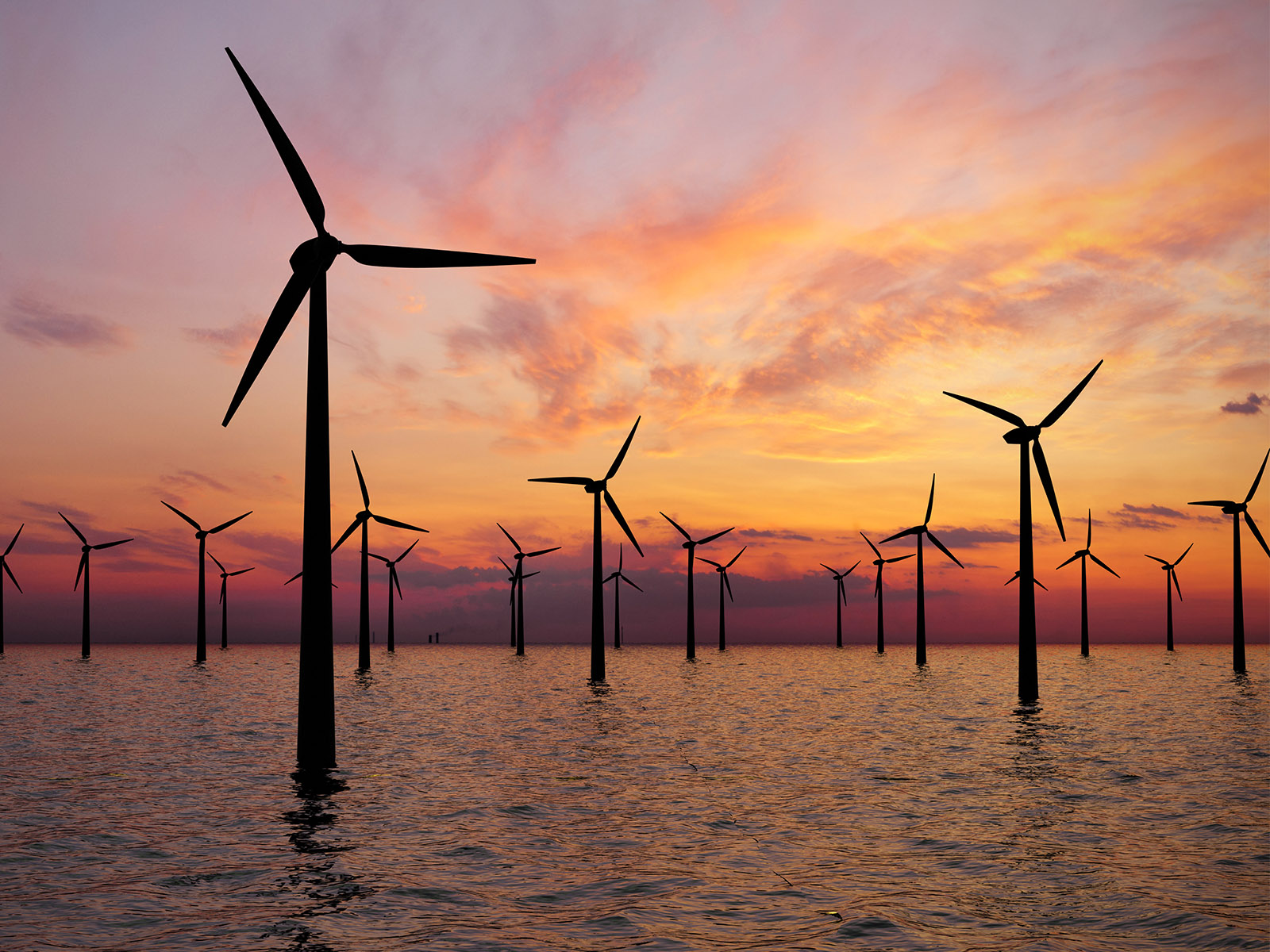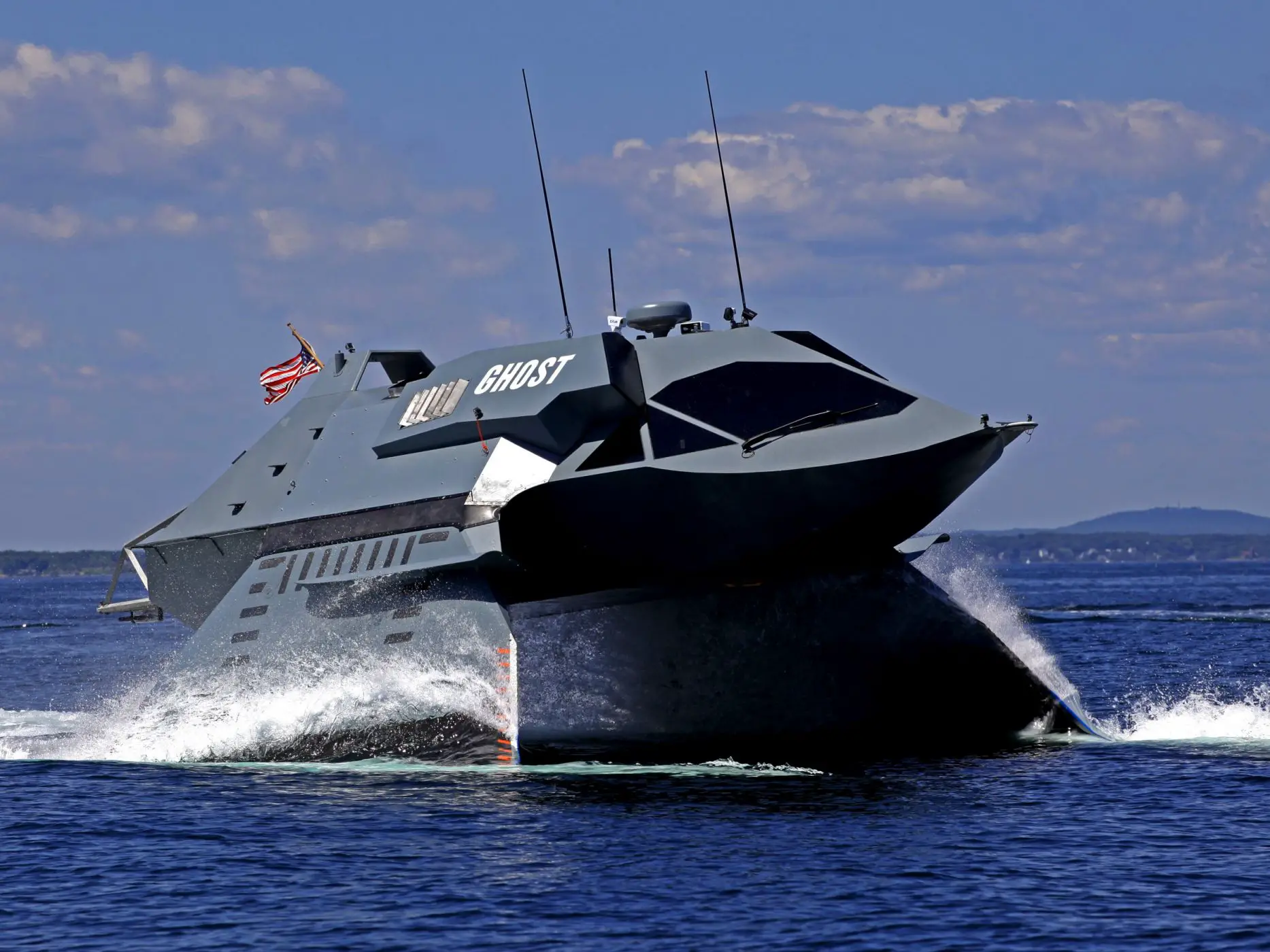Technology and innovation is the reason why the world keeps advancing. We daily hear about new technologies that amaze us because of how smart they are, and just like that, due to another innovation, large-scale wind turbines no longer need rare-earth magnets, thanks to Sandia tech.
What Is Sandia Tech’s New Technology?
Sandia National Laboratories, located in New Mexico, is responsible for developing a novel type of rotary electrical contact device. The name of this innovative piece of technology is Twistact, and it will do away with the requirement that large wind turbines use pricey rare-earth magnets.
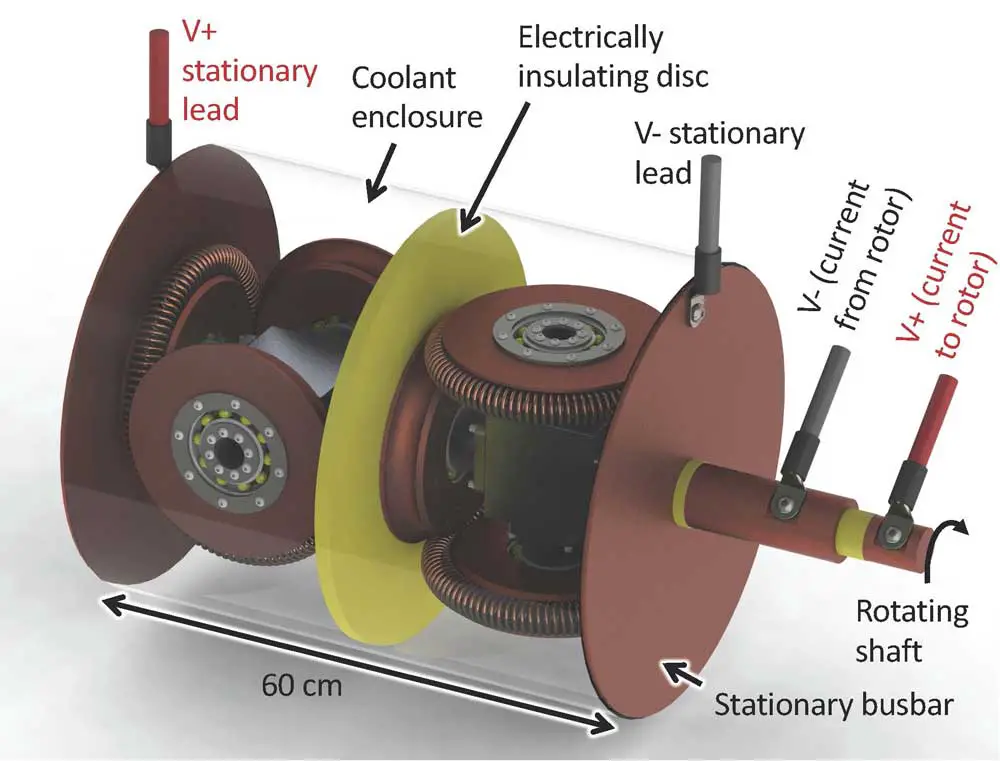
Sandia’s Twistact was hailed as “a novel approach to transmitting electrical current between a stationary and rotating frame, or between two rotating assemblies having different speeds or rotational direction” in the organization’s LabNews journal, which was released at the end of July.
Because of this, the technique is easily applicable in direct-drive wind turbines with fewer moving parts than typical gearbox-connected generators. As a result, the application is simple.
Sandia is currently investigating potential options to form partnerships with generator manufacturers and others working in the renewable energy industry in order to facilitate the integration of Twistact technology into direct-drive wind turbines of the next generation.
In addition, Sandia is interested in developing high-RPM Twistact technology for applications such as electric vehicles and doubly-fed induction generators. They are open to collaborating with other companies on this endeavor.
What Is the Story Behind Twistact?
Sandia National Laboratories is a research and development organization that is operated as a subsidiary of the conglomerate Honeywell International, which is based in Charlotte. Sandia National Laboratories is responsible for researching and testing the non-nuclear components of nuclear weapons, national security systems, and energy applications.
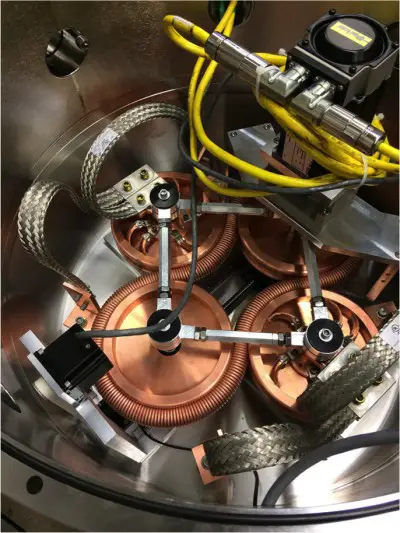
As part of its contract with the United States Department of Energy’s National Nuclear Security Administration (NNSA), Sandia manages two additional national laboratories in the states of California and Hawaii in addition to its main location in New Mexico, which serves as the company’s headquarters (DOE). Both the Department of Energy and the National Nuclear Security Administration contributed funds to Sandia in the amount of about $3.1 billion in 2021.
Twistact is one of the numerous projects at Sandia that are almost ready to graduate from the research and development stage and join the commercial market.
The engineers working on this project have spent the last decade developing a gadget that does not use rare-earth magnets and is capable of lasting the whole 30-year life cycle of a multi-megawatt turbine without requiring any kind of maintenance or replacement. In a report published in 2018 that outlined the potential of Twistact for commercial applications, Sandia stated that the device might survive more than 50 million rotation cycles over the course of three decades, which is equivalent to the lifetime of a direct-drive wind turbine generator.
Last month, Jeff Koplow, a research scientist and engineer at Sandia’s site in California, stated that the project’s initial goal was to investigate different ways to extend the limited service life of conventional rotary electrical contacts. Specifically, the project wanted to find a way to extend the contacts’ ability to conduct electricity.
Koplow explained his train of thought by saying, “I started thinking that maybe not every conceivable rotary electrical contact architecture has been thought of yet.” “We spent a lot of time considering if there was another plausible way.”
Following the completion of the concept’s development, Sandia obtained a patent for its Twistact technology in 2013.
No Maintenance or Replacement Costs

Sliding contact and electrical arcing are two types of physical deterioration typical to high-maintenance brush or slide ring assemblies. Sandia’s Twistact technology solves both of these types of degradation. Because of these limiting circumstances, the performance of typical rotary electrical contacts is diminished. As a result, their operational lifetimes are cut short, resulting in increased maintenance or replacement expenses.
On the other hand, laboratory research has shown that a multimegawatt turbine equipped with Twistact can continue to function normally for the full 30 years of its operational life without requiring any kind of maintenance or replacement.
Twistact is marketed as a replacement for the brush and slip ring hardware that is customary in the industry. It features a rolling contact design, which allows the electrical current to spend less time on the belt when it is transferred from a stationary frame to a spinning one.
The technique also has the potential to be utilized in synchronous motors and generators, electrified trains, and radar towers, among other uses. Additionally, brush or slip rings could be replaced with Twistact in areas where they are now employed.
What is Sandia Tech?
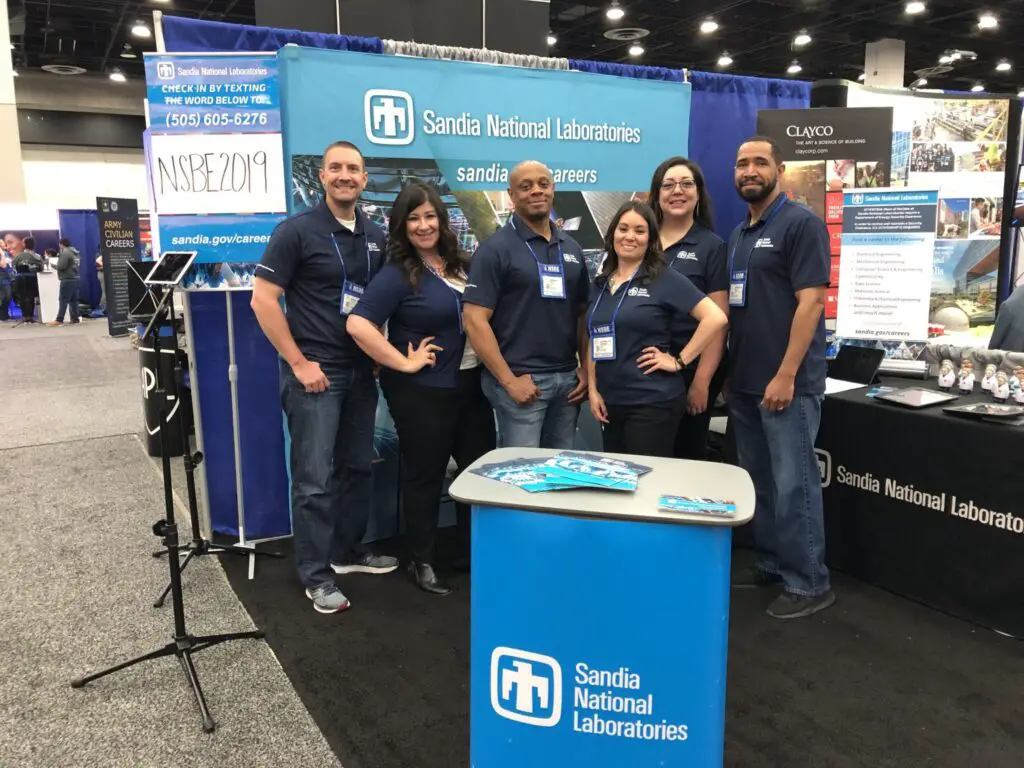
Sandia National Laboratories is a multimission laboratory that is operated by National Technology and Engineering Solutions of Sandia LLC, which is a wholly-owned subsidiary of Honeywell International Inc. Sandia National Laboratories is contracted to operate by the National Nuclear Security Administration of the United States Department of Energy.
Sandia Labs’ primary facilities are located in Albuquerque, New Mexico, and Livermore, California. The company’s primary research and development duties are in the areas of nuclear deterrent, global security, defense, energy technology, and economic competitiveness.

